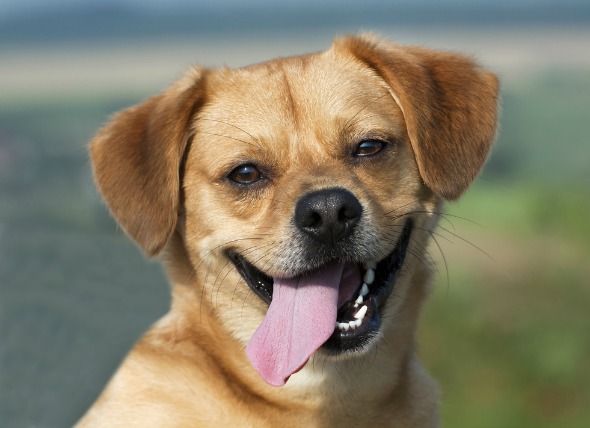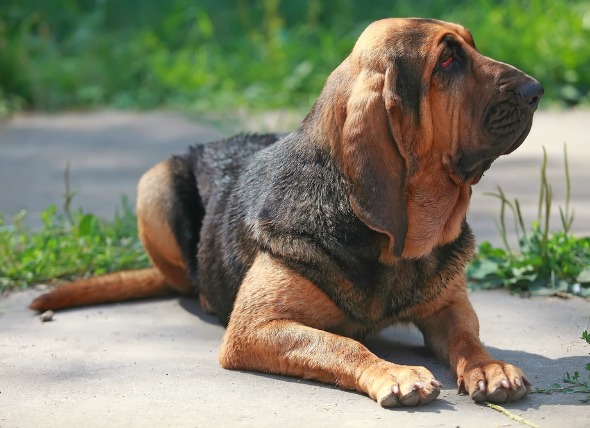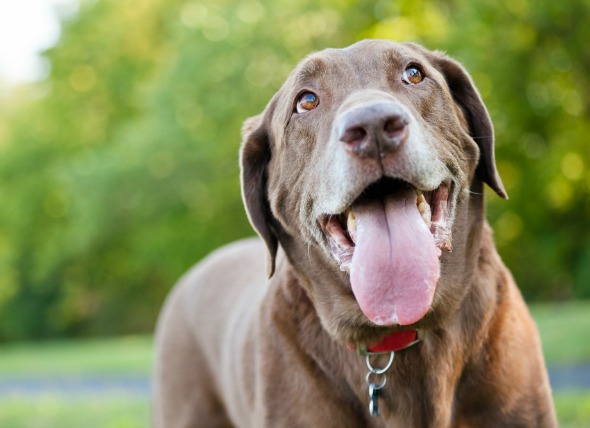What Are The Signs Of Skin Disease?
These includes:
� Itching, or pruritis. This is one of the most frequently seen signs and can range from intermittent minor irritation to a relentless, intense drive to scratch leading to
self-inflicted injuries.
� Hair loss, or alopecia. This is another very common sign of skin disease. It can be localised to a specific area, such as in ringworm or wet eczema, or could be generalised, affecting most of the body. The distribution of hair loss can also help the vet in reaching a diagnosis.
� Skin inflammation, or erythema, is often seen and can vary from a mild reddening of an area to a case where the whole animal feels hot to the touch.
� Scaly skin or a scurfy coat - can be localised or general.
� Excessively oily or excessively dry coat conditions.
� Skin malodour can often be one of the most common presenting symptoms, since this also affects the pet owner as well.
The presence or absence of these signs and their location can be very useful to the vet attempting to diagnose which skin disease is present.
What Can We Use To Treat Skin Disease?
Whilst many skin conditions are readily curable if the appropriate medications are used, others require long term or possibly life-long medications and management to minimise the affect on the sufferer.
Antibiotics and Antifungals
The skin is naturally covered by a massive population of bacteria and yeasts and should they be able to break through the superficial layer of skin an infection will result.
Antibiotics and antifungal agents are available through your veterinary surgeon.
Antihistamines and Glucocorticoids (steroids)
Allergies affecting the skin are very common and both these classes of drugs are often used under close veterinary supervision to help regulate the animals' allergic response.
Ectoparasiticides
Ectoparasiticides are medications that control parasites living on the animals' skin. Flea infestations are responsible for more cases of skin disease than anything else in the UK and so drugs that SUCCESSFULLY control or kill fleas are of vital importance. As well as using flea products on the pet it is also important to use products to treat the pets environment ie. the home, since this is where a flea spends 95% of its life.
Mange is a skin disease that is caused by mites that burrow under the skin. There are two types of mange that are common in the UK and it is important to know which is present as the treatments can differ. Diagnosis involves taking skin scrapes and examining these under a microscope to identify which mange mite is present. Your vet will be able to do this.
Lice are another common cause of skin disease. Lice are just visible to the naked eye and this gives rise to the term 'walking dandruff' describing the slow, barely perceptible drift of these animals as they crawl through the pets' coat.
Ticks are also commonly seen in the UK and products are available for their control.
In dogs some families of roundworms can also cause skin disease, as the infective larvae are able to burrow directly into areas of exposed skin. Regular worming with products such as DRONTAL PLUS/XL, PANACUR PASTE or PANACUR GRANULES will prevent this.
Shampoos
A suitable shampoo would be valuable in most cases of skin disease though the practicalities of their use in cats are limiting.
There is a range of products on the market which include:
� Hypoallergenic shampoos (EPISOOTHE/DERMOCANIS). These will soothe inflamed areas of the skin and also moisturise the coat.
� Anti-scaling agents (SEBOCALM /SEBOMILD) which work by lifting the debris and damaged cells from the skin's surface.
� Tar shampoos (TARLITE) ,used in greasy skin conditions.
Coat Conditioning Sprays
These products are applied directly to the animals' coat and act as a moisturiser. (HUMILAC).
Diet
Food allergy or dietary intolerance is quite frequently seen affecting and can affect both dogs and cats. Many of today's commercial pet diets combine several sources of proteins and some of these can spark off an allergy which manifests itself as skin disease. Gluten intolerance can also be seen. Diagnosis depends on feeding the patient a 'hypoallergenic' diet that contains a single or novel protein source for 4-6 weeks, in which time signs abate. By slowly adding in more protein sources into the diet and watching the animal for signs of relapse it is then possible to find out which protein is the cause of the problem.
Diets such as HILLS D/D, HILLS C/D and ROYAL CANIN SENSITIVITY CONTROL are ready made diets that can be used for some of these cases.
Essential Fatty Acid (EFA) Supplements
The essential fatty acids are a group of chemicals that are required to maintain a normal health status. There are several ways in which they help the skin's structure and function. Signs of deficiency of EFAs in the diet include a dull coat, scaling and also itching and inflammation.
EFA supplements such as VIACUTAN or EFAVET REGULAR are often used alongside other products to successfully control the signs of skin disease. They are often required over the longer term.

 Bad Breath (Chronic) in Dogs
Halitosis in Dogs
Halitosis is the medical term u
Bad Breath (Chronic) in Dogs
Halitosis in Dogs
Halitosis is the medical term u
 Lower Eyelid Droop in Dogs
Ectropion in Dogs
Ectropion is a condition which
Lower Eyelid Droop in Dogs
Ectropion in Dogs
Ectropion is a condition which
 Mouth Cancer (Amelobastoma) in Dogs
Ameloblastoma in Dogs
Ameloblastoma, previously k
Mouth Cancer (Amelobastoma) in Dogs
Ameloblastoma in Dogs
Ameloblastoma, previously k
 Lungworms in Dogs
Parasitic Respiratory Infections in Dogs
Lungworm
Lungworms in Dogs
Parasitic Respiratory Infections in Dogs
Lungworm
 Joint Dislocation in Dogs
Joint Luxations in Dogs
Bone acts as the architec
Joint Dislocation in Dogs
Joint Luxations in Dogs
Bone acts as the architec